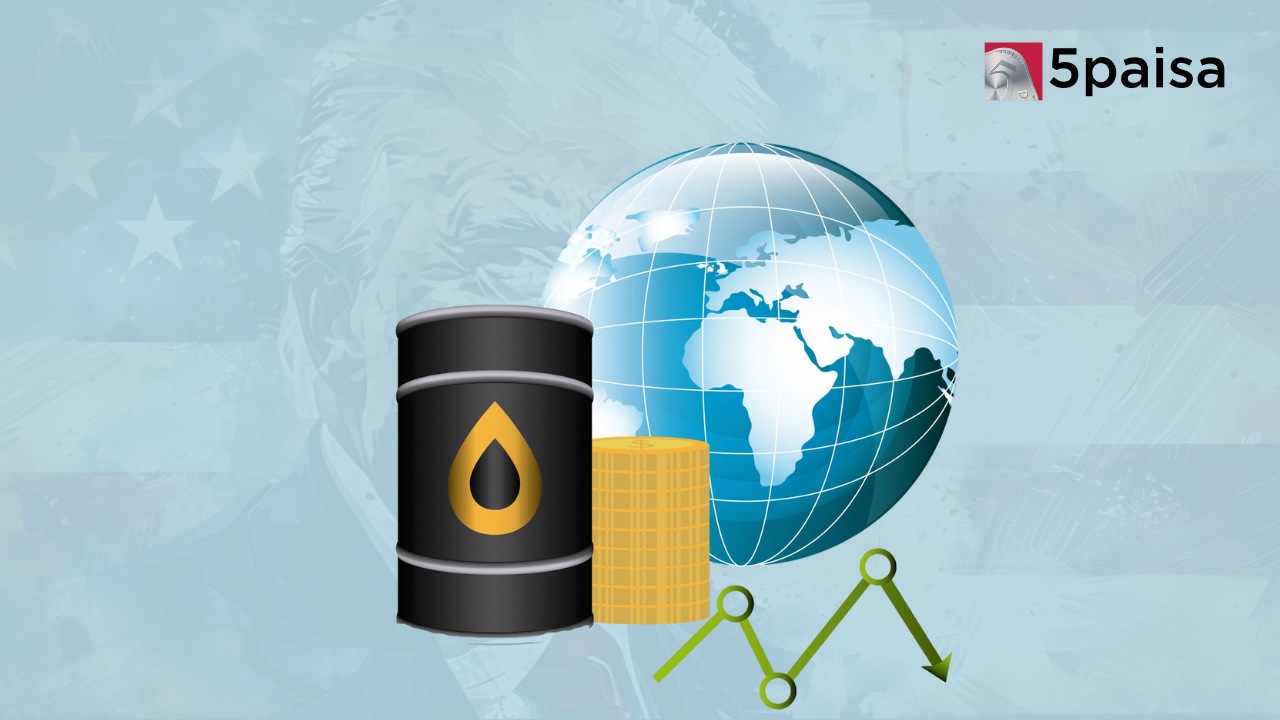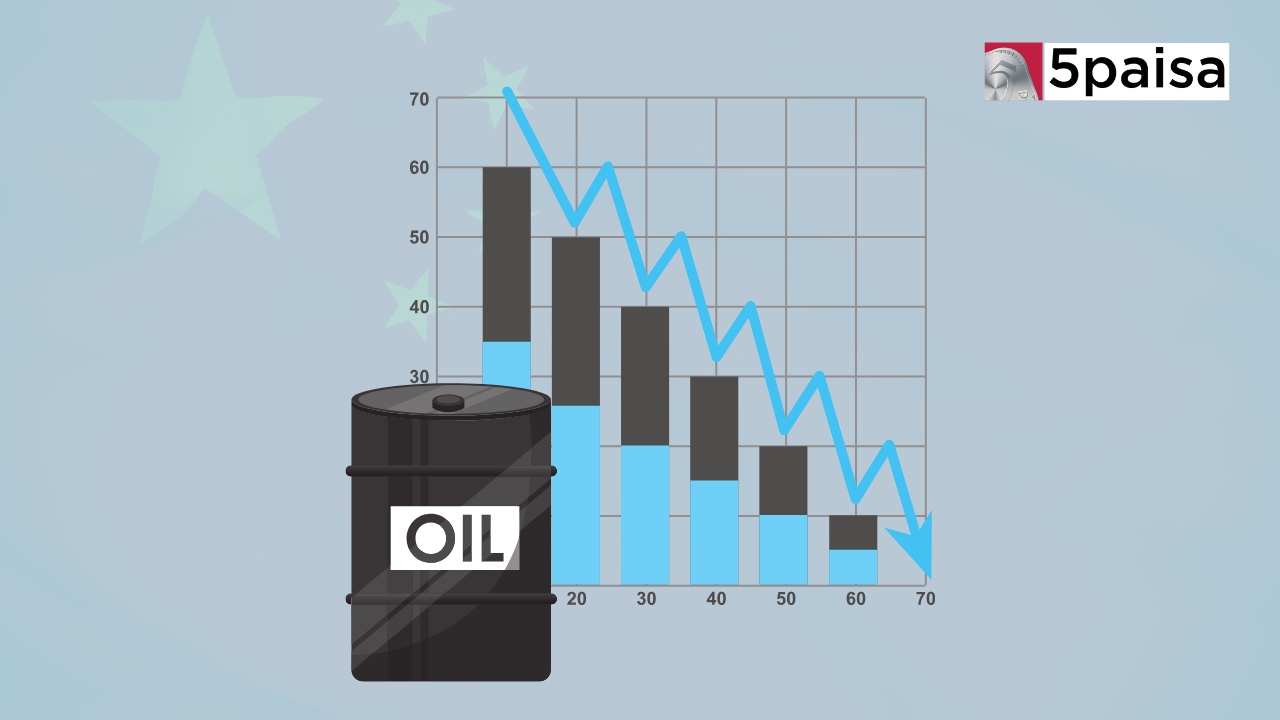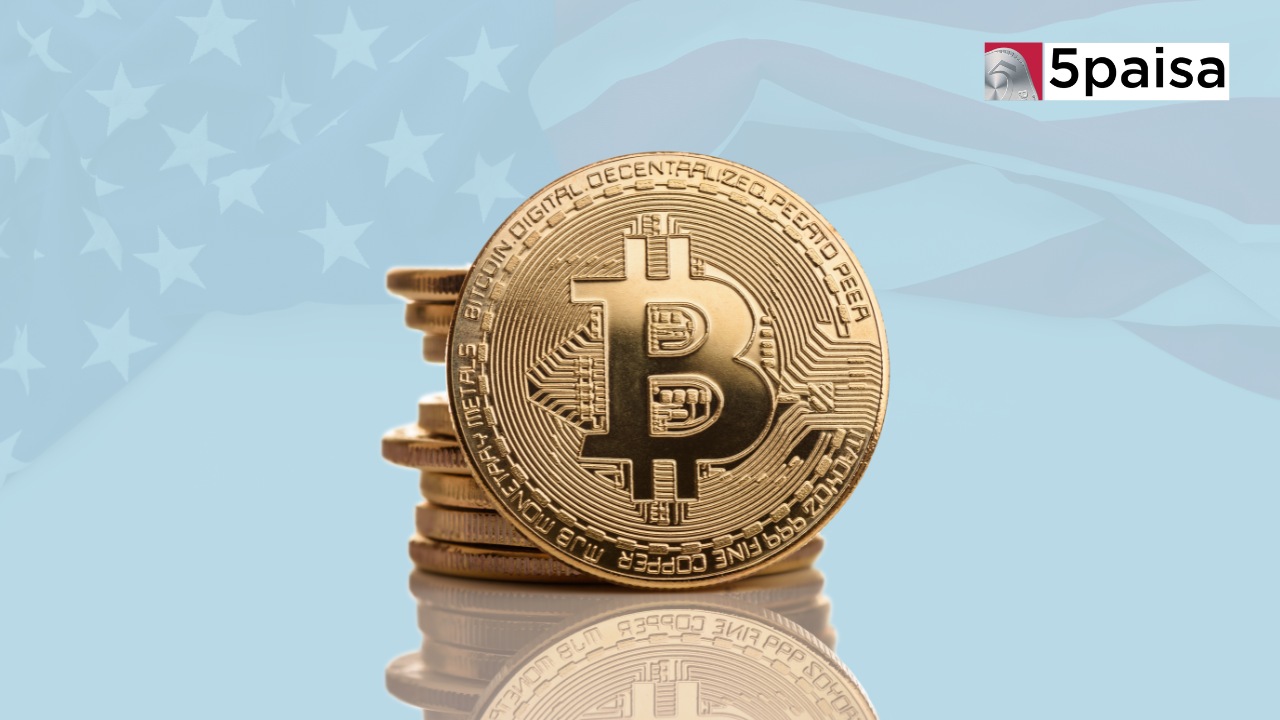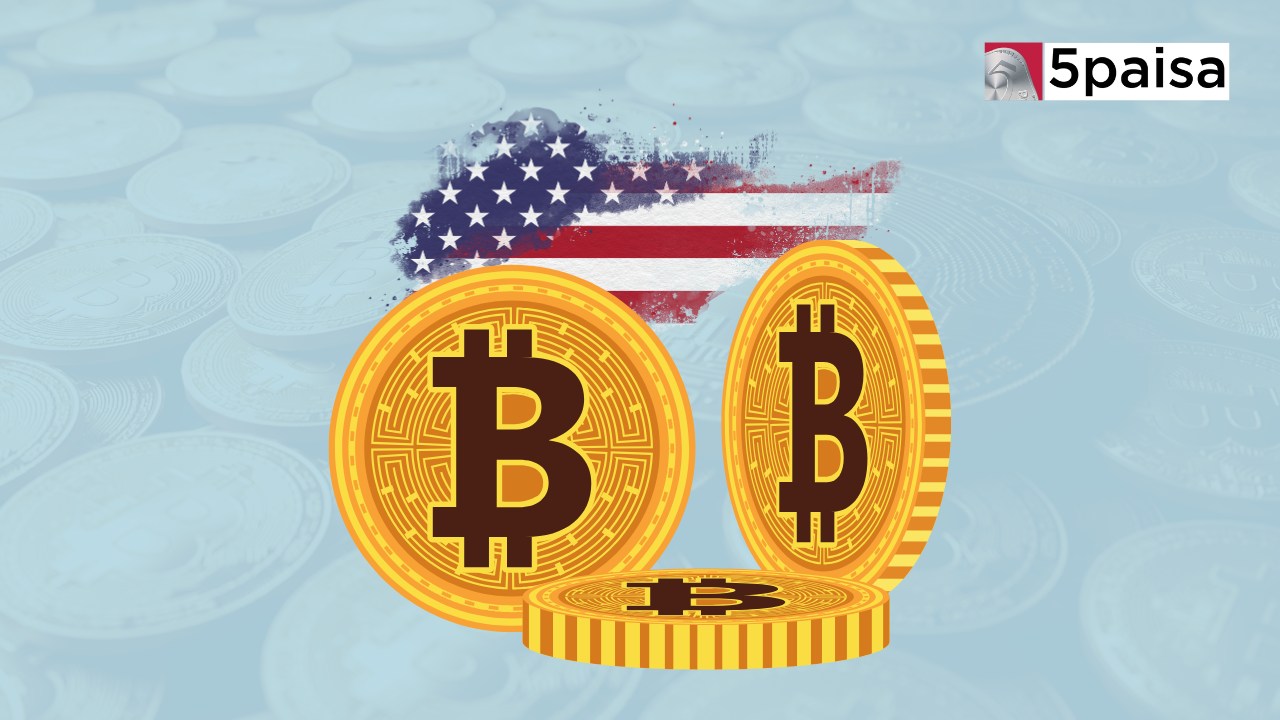Trump Warns EU of Tariffs Over Trade Deficit and Oil Purchases
Corporate borrowers switch from dollar loans to rupee loans

Last Updated: 16th December 2022 - 02:37 pm
Just about a couple of years ago, dollar borrowing were all the rage for Indian corporates. The reasons were obvious. Dollar rates were abysmally low and the rupee was relatively stable against the dollar. This ensure that companies could borrow at very low rates of interest and the currency risk was also limited due to the stability of the rupee. In the last one year, and especially since 2022 started, that equation has gone for a toss. The rupee has cracked from about Rs76/$ to Rs83/$ and the persistent Fed hawkishness is only making matters worse. The result, the cost of borrowings in US dollars has gone up sharply.
The outcome is that now, corporate borrowers are switching to rupee credit from dollar loans. That is because, dollar credit has become awfully expensive in the wake of the US Federal Reserve’s aggressive rate hikes. In fact, quick and dirty estimates indicate that the cost of borrowing in dollars today is nearly 65 basis points more than the cost of rupee borrowings. That means, if you borrow in dollars, pay the interest and also pay the hedging charges, then you would eventually end up paying around 65 to 70 basis points more than what you normally pay in the case of rupee loans. That has caused this big shift.
Ironically, the gap between the rupee loan and the dollar loan is highest in a short term one-year loan. According to bankers in the know, a 1-year dollar loan is now priced 65-70 basis points (bps) higher than a rupee loan after hedging. That is nearly 0.65% to 0.70% higher in relative terms, forcing corporates to prefer rupee loans over dollar loans. However, contrary to the normal yield curve definition, this gap narrows as you go towards longer tenors. As the tenor increases to 3-5 years, the interest rate differential actually narrows to 25-50 bps. In fact, for periods beyond that, the spreads tend to narrow a bit more from these levels.
The numbers are showing the mirror on the true picture. For instance, most bankers confide that demand for dollar loans was very robust in the first half of the year when the rate hike cycle of the Fed had not started in right earnest. As per data put out by the RBI, Indian corporates raised total external commercial borrowings (ECBs) of $22.87 billion between January 2022 and August 2022. However, this is nearly 13% lower than the total ECB fund raising of $26.3 billion raised by Indian corporates between January 2021 and August 2021. As this hawkishness persists, this gap is likely to widen over time.
The preference for rupee loans are driven by a number of factors for Indian companies. For instance, a combination of rising interest rates in developed economies, falling rupee value and stiff competition among Indian banks for corporate loans have all resulted in finer pricing of rupee loans. This has almost discouraged Indian companies from opting for ECBs. It may be recollected that the limit under the automatic route has been temporarily doubled from $750 million per fiscal year to $1.50 billion and even the all-in cost ceiling has been raised by 100 basis points. However, despite all these efforts, investors are looking at the basic economics of ECBs and are finding the rupee loans relatively more attractive.
Experts reveal that it is not just about the relative cost and there are multiple reasons. Of course, the core reason still is the increase in dollar risk-free rates. That has been instrumental in pushing up the cost of borrowing sharply. There is also an increase in credit spreads in offshore markets in recent months and that has enhanced the hedging costs, making dollar loans less attractive for corporates. This is the reason, many borrowers are turning to the domestic markets, which have shown resilience and sufficient liquidity. The onus is now on the Indian banks to offer a viable and sustainable alternative to India Inc.
Apart from the dollar factor, there is also the fact that Indian banks are now becoming smarter and savvier. Amidst increased competitiveness in the pricing for corporates with good credit rating, both large and small; the borrowers are able to get the best terms in rupee loans itself. That largely takes away the lure of dollar loans. However, it would not be an all out shift. Firstly, sectors like NBFCs and infrastructure would still need to raise money from abroad. Secondly, most corporates still rely on rupee loans for working capital and not for capex. The lure of dollar loans may continue, but rupee loans are back in the reckoning.
- Flat ₹20 Brokerage
- Next-gen Trading
- Advance Charting
- Actionable Ideas
Trending on 5paisa
Global Market Related Articles
Disclaimer: Investment in securities market are subject to market risks, read all the related documents carefully before investing. For detailed disclaimer please Click here.
 5paisa Research Team
5paisa Research Team




